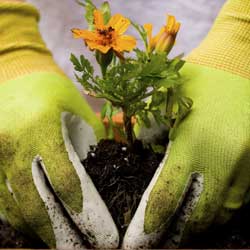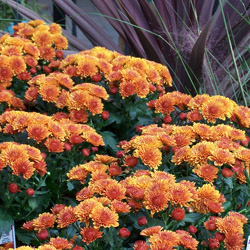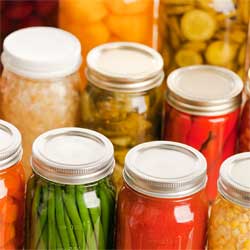Turn over your vegetable garden and add humus, mushroom compost or manure to enrich the soil. Apply Bonide Fruit Tree Spray as buds swell and again at petal drop to all fruit trees. Fertilize perennials with Dr. Earth Rose & Flower Fertilizer. Continue spring cleanup. Completely remove winter mulch. Cultivate to remove winter weeds and…
September Spray Bonide All-Season Spray on hemlocks to control woolly adelgid. Spruce up the landscape by planting Fall Pansies, Flowering Cabbage & Kale, Garden Mums, Fall-Blooming Perennials as well as Trees and Shrubs. Test your lawn pH to determine if you need to apply lime this season. A 5o lb. bag of Lime will raise…
Winter is upon us. Depending upon the temperatures, there may still be time to finish remaining chores. If you have any questions about the following procedures or products, please come in and see us. We can help you select the correct dormant oil, fertilizer, selective herbicide and frost protection method. We’re always here to help….




